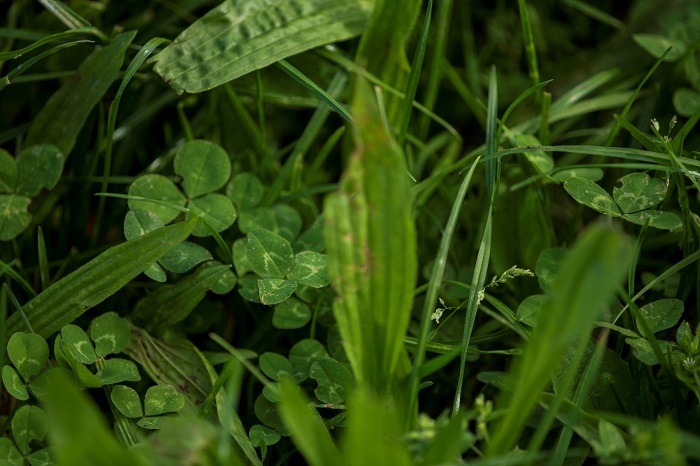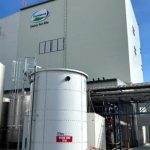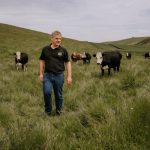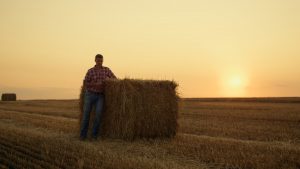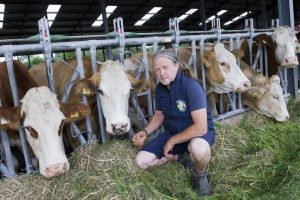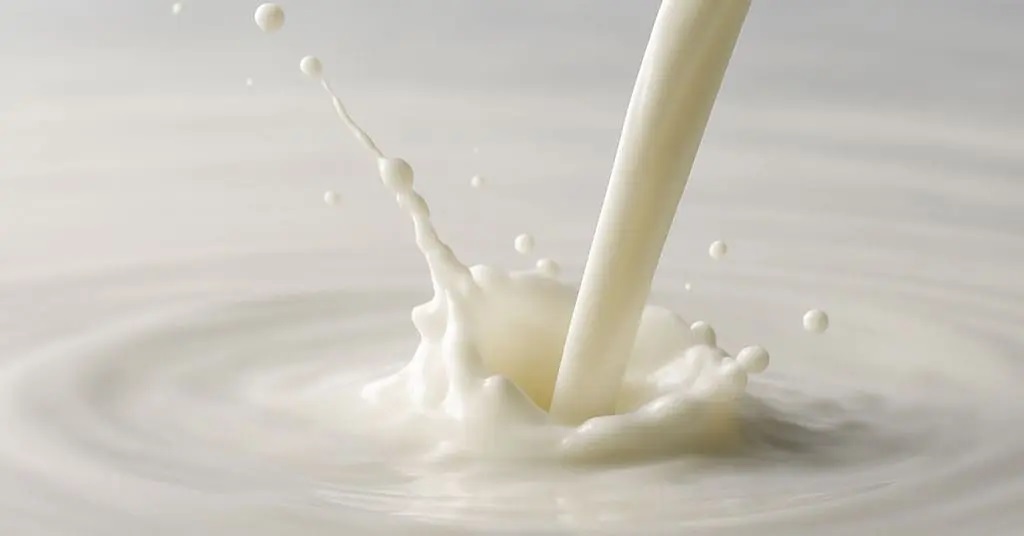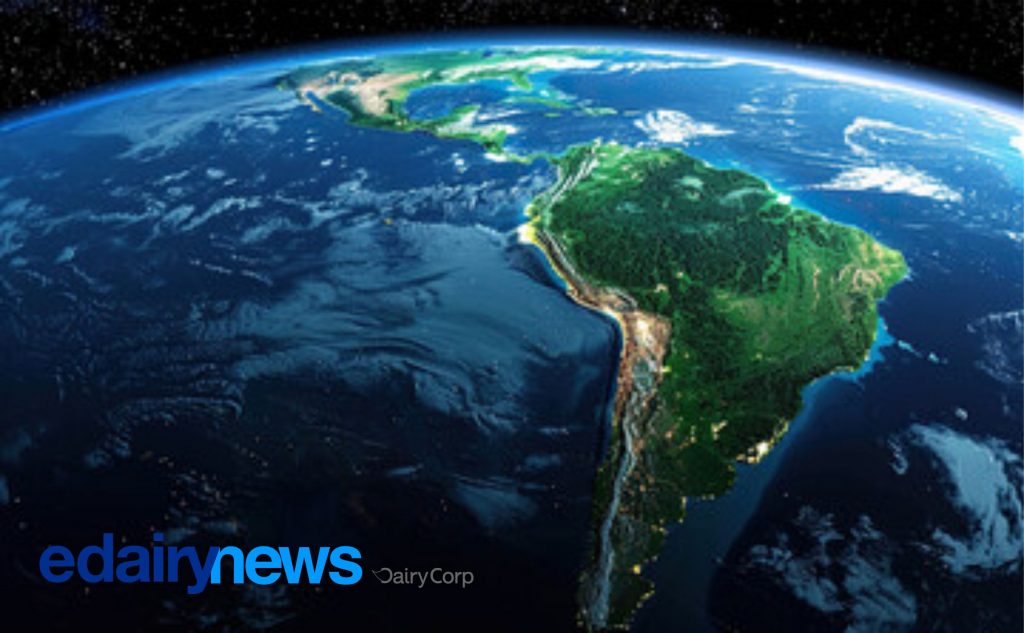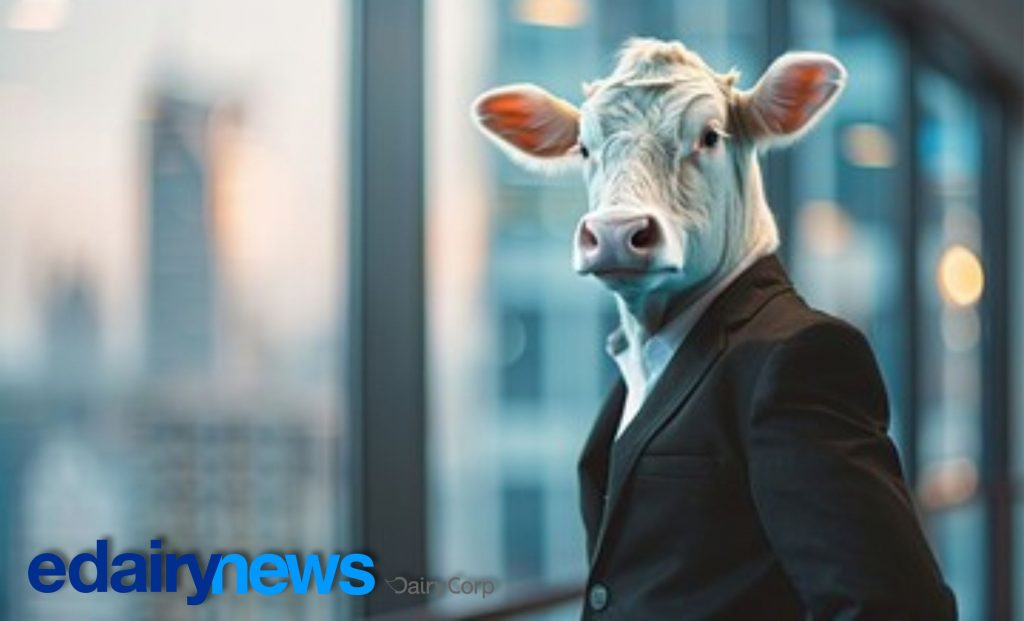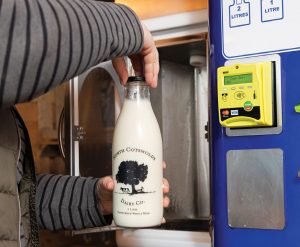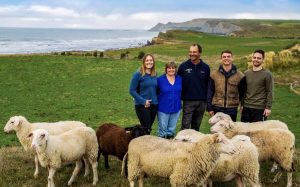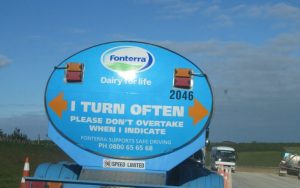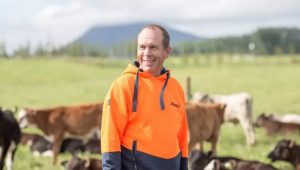
Looking to boost milk yield while cutting back on costly fertilisers? Eimear Ferguson, Science Communication and Engagement Officer at Teagasc, explains how new research from the Grassland Science Department at Teagasc Moorepark shows that incorporating diverse pasture species can achieve just that.
The paper based on findings from work carried out by Walsh Scholar Alann Jezequel during his PhD, found that by reducing chemical nitrogen inputs and relying more on nature’s own nutrient cycles, farmers can maintain productivity, improve sustainability and future-proof their farms against rising input costs.
The study, published in the Journal of Dairy Science, revealed promising results for dairy farmers looking to optimise production while reducing chemical nitrogen (N) fertiliser use. The research compared three pasture systems: a perennial ryegrass (PRG) monoculture receiving 250kg N/ha; a PRG-white clover (PRGWC) mix receiving 125kg N/ha; and a multispecies sward (MSS) also receiving 125kg N/ha. The study assessed pasture performance, milk yield and animal body condition over three years.

Multispecies swards containing clover, plantain and chicory. Credit Andrew Downes Photography
Maintaining productivity with less nitrogen
Commenting on the study, Alann Jezequel said: “The results showed that reducing chemical nitrogen by half, when supplemented by biological nitrogen fixation from clover, did not negatively impact pasture growth.
“All three sward systems had similar annual herbage production levels, averaging 13.1 tonnes of dry matter per hectare. Additionally, grazing season length remained consistent across the treatments, averaging 264 days per year, demonstrating that reducing nitrogen application does not shorten the grazing season.”
Enhanced milk production from diverse swards
Cows grazing the multispecies sward achieved the highest individual milk and milk solids yield, producing an average of 5,297kg of milk and 476kg of milk solids per lactation. The PRGWC system was intermediate at 5,139kg milk and 463kg milk solids, while the PRG-only sward produced the lowest at 5,018kg milk and 452kg milk solids. Notably, the Jersey-Friesian crossbred cows outperformed Holstein-Friesians in milk solids yield per kilogram of body weight, showcasing their superior efficiency in converting feed into high-value dairy output.
Environmental and economic benefits
Research Officer, Brendan Horan, who supervised the research, said: “By reducing reliance on chemical nitrogen, farmers can lower input costs and reduce environmental impacts, particularly greenhouse gas emissions and nitrate leaching.
“The study highlights the potential for multispecies and clover-based swards to maintain farm productivity while improving sustainability. The findings align with the EU’s climate and biodiversity objectives, supporting the transition towards more environmentally friendly farming systems.”

Dry matter analysis of swards. Credit Andrew Downes Photography.
Key takeaways for farmers
For those considering a shift to more diverse swards, the study confirms the potential that multispecies pastures offer, including higher milk output per cow and reduced dependency on synthetic fertilisers. However the persistency of the species does need further research and this long term system research is well advanced to find such answers.
The full paper is available to view here: Effect of sward species diversity combined with a reduction in nitrogen fertilizer on the performances of spring-calving grazing dairy cows
You can now read the most important #news on #eDairyNews #Whatsapp channels!!!
🇺🇸 eDairy News INGLÊS: https://whatsapp.com/channel/0029VaKsjzGDTkJyIN6hcP1K
